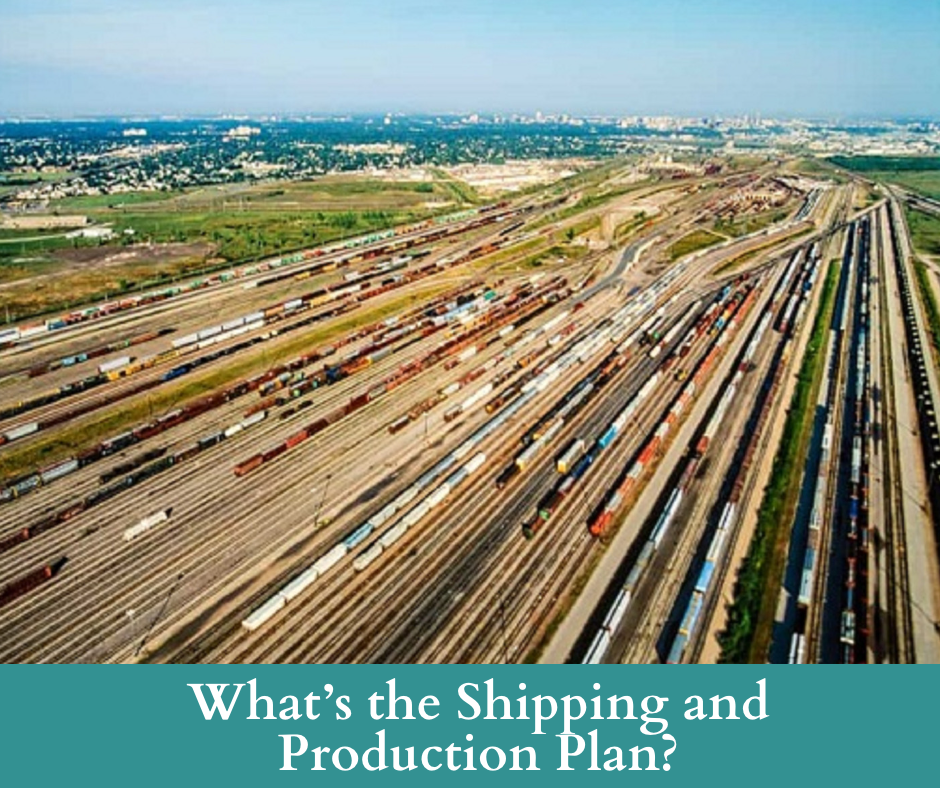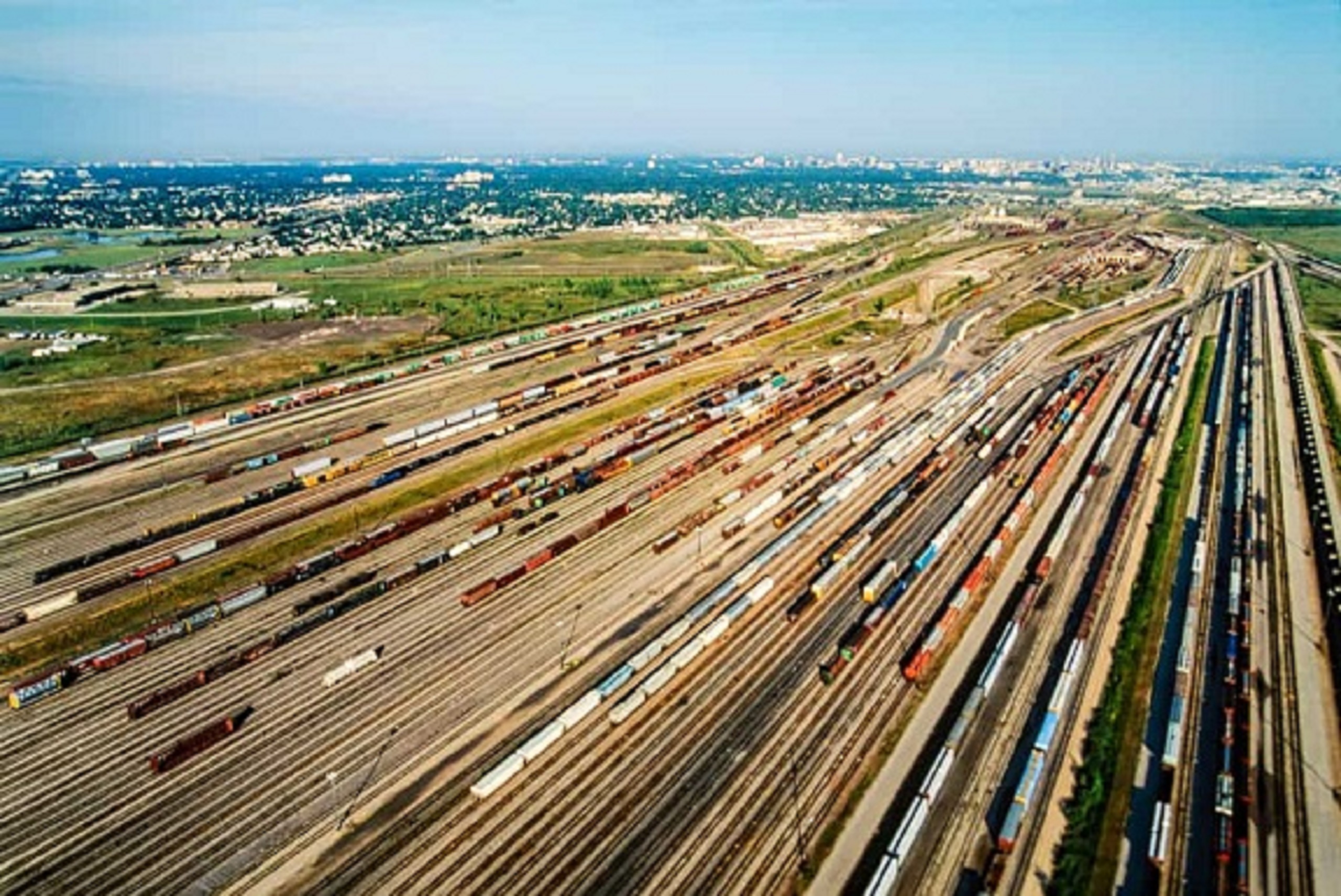By now, you’re most likely already working on developing (and may already be wrestling with) your 2023 shipping and production plan. If you’re like most shippers, you may even continue tweaking and modifying your plan until every kink is worked out and/or a final plan is mandated by internal guidelines to be permanent. Questions such as these should have been or should be addressed in your plan.

Shipping and Production Planning
- How much product can you ship?
- How much product must you ship to make your numbers?
- What is the cost of execution?
- What is the cost of not executing efficiently?
- How do my process, people, and profit stack up?
- How is inflation going to affect my operations?
- Where can I get personnel to fill my open jobs?
- Does the international market affect my market?
- How do I plan for the weather?
- How much can I depend on the barge (water levels in the rivers), rail (service, pricing, and personnel issues), and truck (simply being available for new business, competitive pricing)?
- How are external influences such as Surface Transportation Board, DOJ, DOT, and Federal Railway Administration rules and (upcoming) regulations going to affect me?
- Where are the holes in the plan, and what am I doing to close those gaps before they become issues?
You need a shipping plan to succeed in your core business if you’re shipping and receiving products such as grain and grain products, scrap metal and steel, minerals and ores, sand, crushed stone and gravel, coal and coke, chemicals and plastic pellets, lumber and wood products, industrial products, pulp, and paper products, etc. Plans must be grounded in reality for them to be successful. If at any point in your plan you reach a process that sounds like “and then stuff happens” you’ve got a hole in the plan that needs clarity.
The mode of transportation and the commodity you’re transporting will significantly affect your overall plan. If you’re shipping perishable things or things that are seasonally sensitive, your plan loses some flexibility. Additionally, suppose you have others depending on the timely delivery of your commodity (e.g. coal to a cement plant), and you’re part of a just-in-time delivery program. In that case, you need to be sure your plan cooperates with the transporting sector whenever possible and consider the cost of stocking out inventory at the intended destination to build in a few days of flexibility.
Regardless of what you’re shipping, involve your rail, truck, and/or barge partners in your plan so they can also plan to help you succeed. Keep in mind they are also trying to accumulate enough data (your shipment information) to be successful. They don’t be the road block that holds you back from succeeding properly. The transport modes also participate in the real world and have outside issues that cause chaos for them, making it difficult to deliver consistently. Consider weather events that may slow you down such as snowstorms, cold weather, wildfires, excessive heat, floods, and hurricanes while also taking into account the lack of manpower and key personnel available, engaged and trained required but missing to do specific jobs such as running barges, trains, trucks, etc.
Fine-tune your plan with as much detail as you can realistically provide while holding on to a contingency plan and always have a Plan B.
So, what’s your plan? Tealinc is here as your rail partner. We focus on rail equipment, rail fleet management services, and consulting services to help novice, mid-level, and expert shippers plan, modify and adjust short-term and long-term rail shipping and receiving needs. Contact Tealinc today and we’ll engage with you in starting, adjusting, and modifying your shipment plan to help you best achieve success.
Need cash? Consider a Sale-Leaseback, learn more on our November blog.
www.tealinc.com | (708) 854-6307 | webmail@tealinc.com

